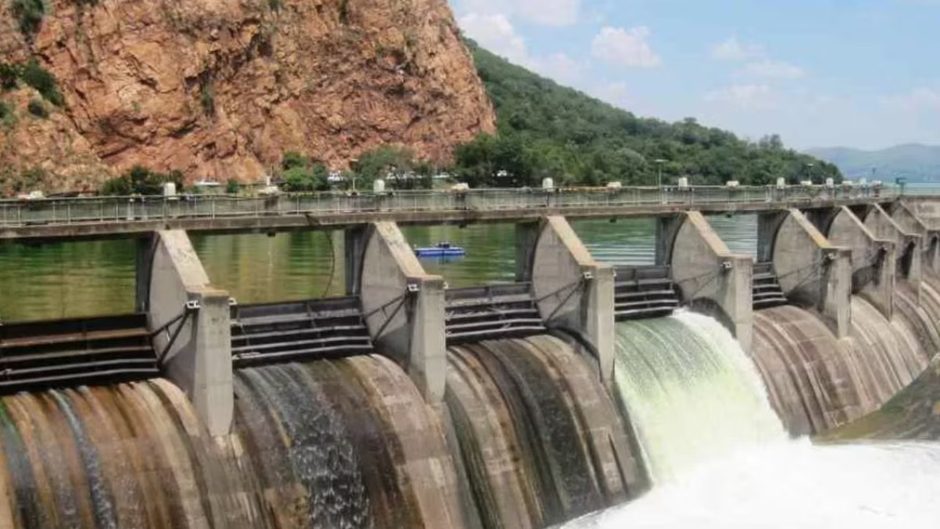China has officially started construction on what is expected to be the world’s largest hydropower dam in Tibet. The announcement was made by Chinese Premier Li Qiang, who called it a “project of the century.”
The dam is being built on the lower reaches of the Yarlung Zangbo River, in a section where the water drops 2,000 meters in just 50 kilometers. This dramatic fall makes the area ideal for generating hydroelectric power.
The project is estimated to cost $170 billion and is expected to begin operations in the 2030s. It will consist of five cascade hydropower stations and aims to generate 300 billion kilowatt-hours of electricity each year.
This Yarlung Tsangpo dam project is China’s most ambitious effort in renewable energy since the construction of the Three Gorges Dam. It is expected to help meet the energy needs of Tibet and other parts of the country.
However, the project has sparked concern among neighboring countries. India and Bangladesh, which are downstream from the river, worry about how the dam might affect water flow and the environment. The Yarlung Zangbo becomes the Brahmaputra River as it flows into northeastern India and eventually into Bangladesh.
Environmental groups have also raised alarms. They warn the project could damage the rich and fragile ecosystem of the Tibetan Plateau. Some fear it could displace local communities, though Chinese authorities have not yet shared any figures.
Beijing has stated the dam will not harm downstream water supplies or the environment. Still, NGOs remain skeptical.
Economically, the announcement boosted Chinese infrastructure stocks. Companies like Power Construction Corporation of China and Arcplus Group PLC surged in value. Shares in tunnel equipment, cement, and explosives firms also jumped sharply, with some hitting their daily limit.
The dam will increase demand for key building materials, benefiting related industries. But analysts caution that short-term stock speculation could lead to inflated valuations.
No official number has been given on job creation, though similar projects have employed hundreds of thousands in the past.
Learn about Pakistan’s growing auto industry and its global reach in this detailed report: Another shipment of Pakistan-made cars exported to Japan.











